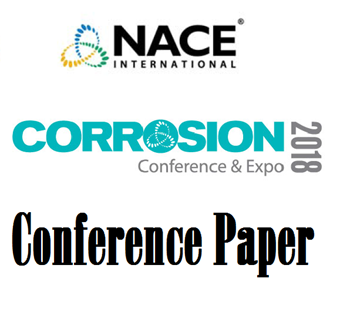Search
Products tagged with 'rebar corrosion'
View as
Sort by
Display
per page
51318-11121-Chloride-induced corrosion inhibition by binary mixtures in reinforced concrete structures
Product Number:
51318-11121-SG
Publication Date:
2018
$20.00
Durability Enhancement of Civil Assets Utilizing Corrosion Inhibiting Admixtures
Product Number:
MECC23-19979-SG
Publication Date:
2023
$20.00


